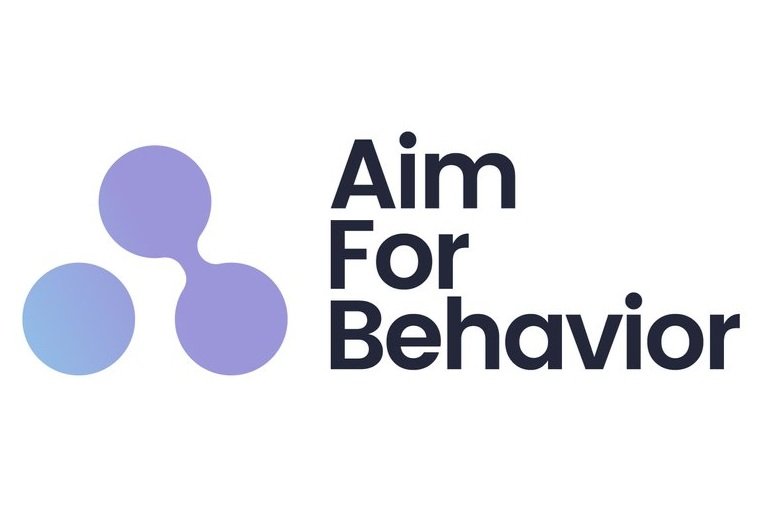Can neuroscience help you manage your brain?
Of course, my answer would be yes, but combined with other behavioral tools.
The other week, I bought The Atomic Habits Journal 📓
This is not a post about the journal as you saw from the title, this is a post about me working and sharing about exercises to manage my brain.
But first a few things about the habit journal by James Clear
It is a very nicely made journal, and has a few things I liked:
1. The one line per day - an easy way to keep a daily journal (low friction, write just highlights in one line)
2. Toolkits - including decision making and prioritization, which you can build yourself
I bought it as I am working on a project for a company and I am looking for ideas 💡for concepts that could be adapted to help build routines and if rewarding enough for the brain some automatic habits.
So, while I will be using the journal, I am going to use it to go through the activities in the book next to the journal in the picture.
The book:
📕 A Path Through the Jungle by Professor Steve Peters is a book to help you develop robustness and resilience.
It explains in very simple terms the neuroscience of the brain 🧠 and it gives you exercises to follow and practice and build upon.
I want to try working on all the exercises , so I will be using the journal to write out, and keep track of them.
1) The first exercise is about finding the real you: Take a blank piece of paper and write down the characteristics of the ideal person that you would like to be.
2) The second exercise is about recognizing which part of your brain is leading (the chimp or the human)
Really understanding how your brain works, how to manage it and how it responds and then combining this with other behavioral science and psychology tools is very powerful to design better environments for employees and better experiences for customers. (And for you)
Robert

